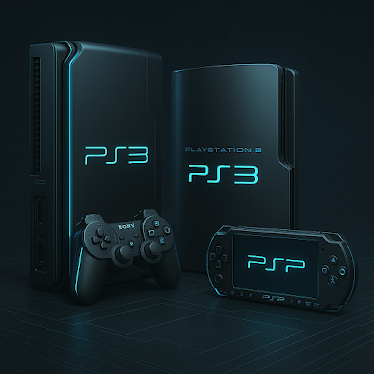When you’ve tried the basics and still feel stuck, these five creative game development strategies will help you push boundaries and keep your titles truly original.
1. Embrace the Unexpected
Great games often break conventions. Give yourself permission to throw out the rulebook:
Swap typical level progression for nonlinear jumps.
Trigger surprise events that defy player expectations.
Introduce absurd mechanics just to see what sticks.
This rule‑breaking innovation can yield standout moments that set your game apart in a crowded market.
2. Target an Unusual Audience
Design every element—characters, UI, soundtrack—with a bizarre niche in mind:
What if your player was a household pet?
A sentient robot vacuum?
Or even a stack of pancakes?
This audience‑driven design forces you to reimagine gameplay loops and storytelling from a fresh perspective.
3. Become Your Own Game
Mentally inhabit your creation: “If I were this game, how would I want to be played?”
Which controls feel intuitive to “me”?
What pacing would “I” prefer?
How would “I” surprise and reward the player?
This immersive prototyping uncovers novel mechanics you might otherwise overlook.
4. Substitute and Transform
When ideas feel stale, replace core elements with unexpected stand‑ins:
Swap a warrior hero for a helpful soda can.
Turn a rescue quest into a dreamlike abstract art piece.
Exchange familiar tools for whimsical gadgets.
This element substitution sparks new narrative angles and gameplay innovations.
5. Program Controlled Randomness
Controlled randomness keeps players on their toes:
Define several possible events for each game segment.
Randomly select outcomes to create replay value.
Use seeded randomness so critical surprises can be balanced.
This dynamic event system encourages discussion and keeps your audience engaged long after release.
Conclusion
By embracing the unexpected, designing for offbeat audiences, and experimenting with substitution and randomness, you’ll generate innovative game design ideas that captivate players and attract attention. Stay tuned for Part 4, where we’ll share two final techniques to complete your creative toolkit!
📌MetaCoreHub





Tidak ada komentar:
Posting Komentar